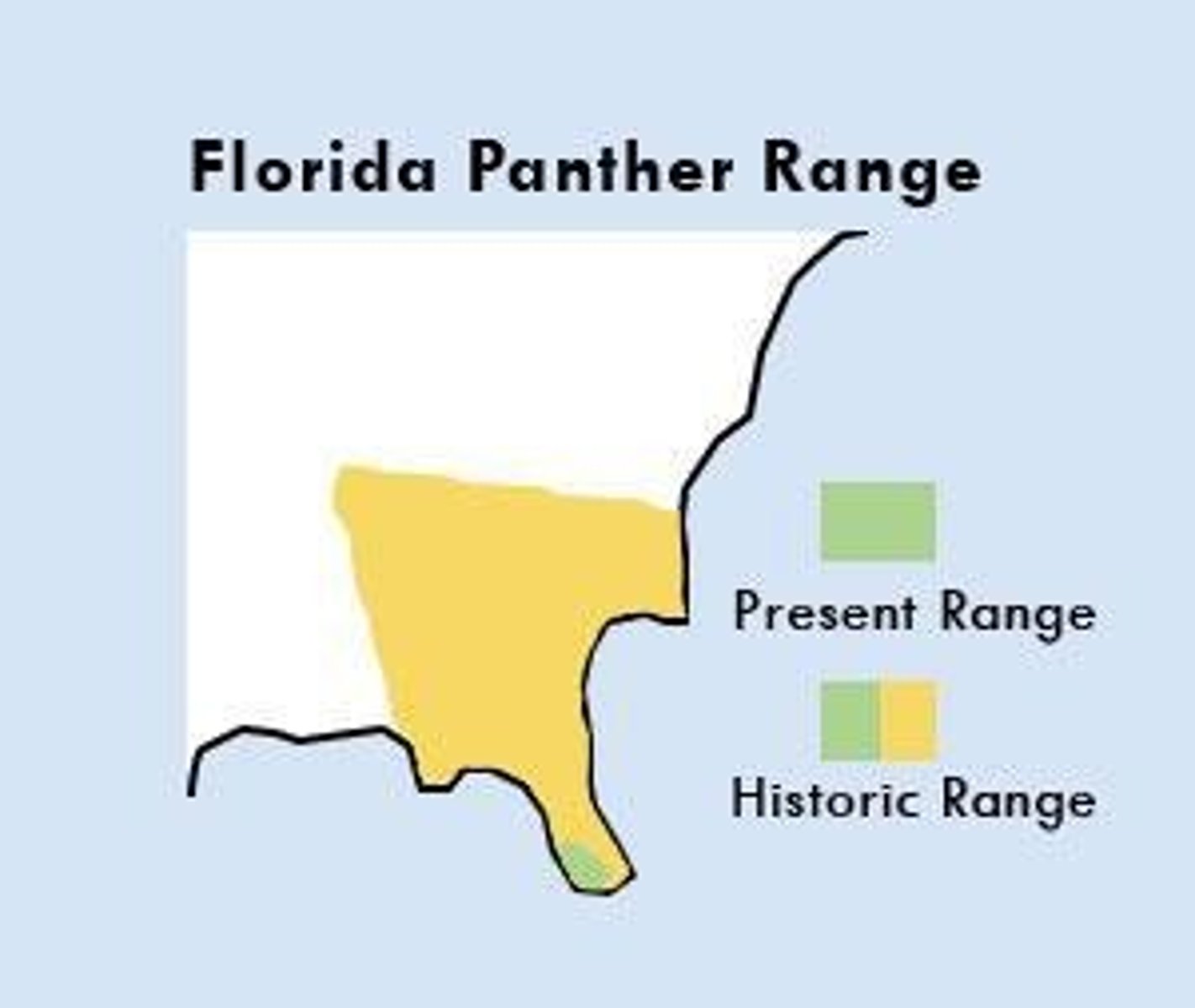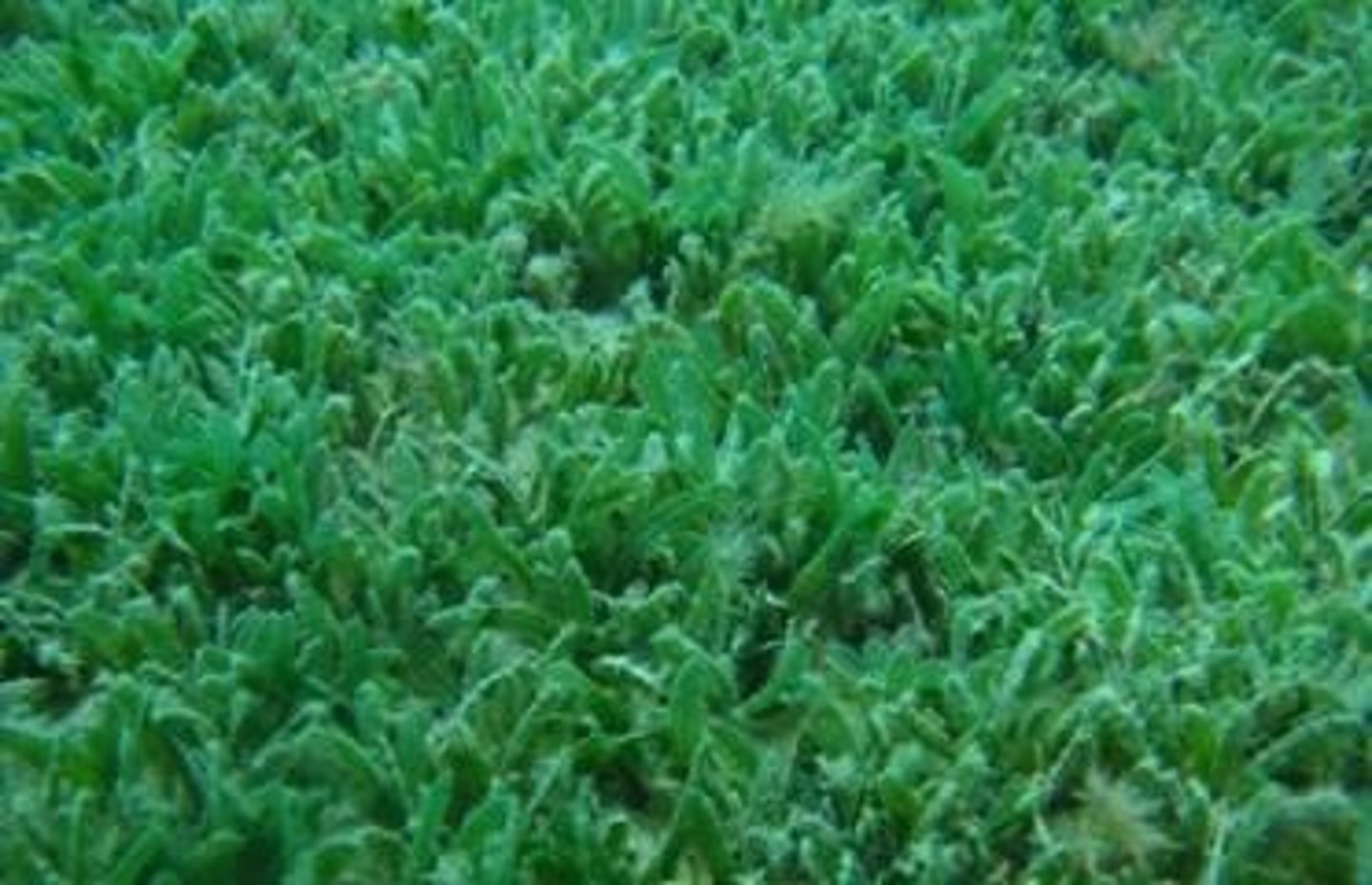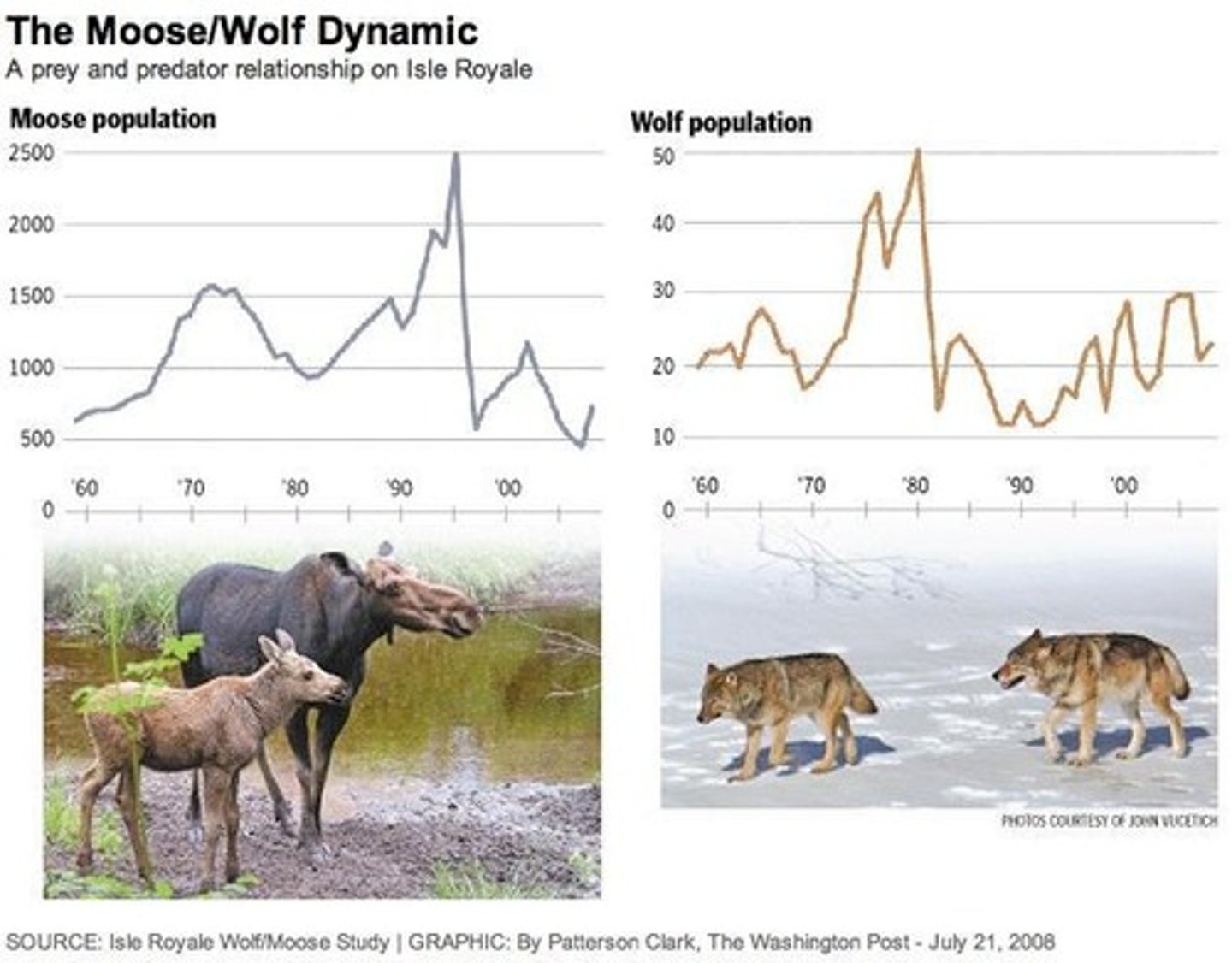Population Dynamics and Dispersal Mechanisms
1/44
There's no tags or description
Looks like no tags are added yet.
Name | Mastery | Learn | Test | Matching | Spaced |
|---|
No study sessions yet.
45 Terms
Population
a group of the same species in the same area at the same point in time.
Population Dynamics
The continuous flux in population abundance and distribution over time.
ADD
immigration and birth
SUBTRACT
Emigration and death
r
b - d + i - e
Florida Panther
Lives in 5% of historic range, only cougar species in Eastern US, only 80-100 individuals left.

Conservation plan
Calling for a population of 240 individuals would require 8,000 to 12,000 sq miles, land wanted for development.
Dispersal
movement of organisms
Range Expansion
movement of individuals to establish populations in new areas, typically on the margins of their existing range.
Halophila stipulacea
A seagrass native to the Indian Ocean that has expanded its range extensively.

Dispersal within Population Range
Individuals move within the boundaries of their established population range.
Dispersal between Metapopulations
The distribution of populations across a landscape can create subpopulations.
Lag time
The delay in response of individuals moving within their established range.
Kestrels and Owls
Move in and out of sections of home range tracking vole densities.
Moose and Wolves
Moose move around to follow vegetation, and wolves follow moose.

Mini Ice-Age
A climatic condition from the 1600s to 1800s that affected species distribution.
Subpopulations
Typically large, self-sustaining, and have limited exchange between other subpopulations.
Metapopulation
Established when individuals from one subpopulation disperse/migrate between multiple subpopulations.
Benthic coverage
The extent of seagrass coverage on the ocean floor.
Caribbean
Region where Halophila stipulacea has expanded its range.
Indian Ocean/Red Sea
Original habitat of Halophila stipulacea.
Taal Lake
Formerly known as Taal Bay, referenced in the context of historical geographic changes.
1734 Murillo Velarde map
A historical map depicting Laguna de Taal.
Dispersal
The movement of individuals from smaller subpopulations to larger subpopulations.
Metapopulation
A group of spatially separated populations of the same species that interact through dispersal.
Gene flow
The transfer of genetic material between subpopulations, maintaining genetic diversity.
Source
A subpopulation that is often increasing in size and exports individuals to surrounding subpopulations.
Sink
A less suitable habitat with a non-self-sustaining populace that may go extinct without being rescued from source populations.
Buffer
A mechanism that protects a species from extinction by providing support during catastrophic events.
Doomed population
A population that is at risk of extinction due to unfavorable conditions.
Logistic growth model
A model describing how populations grow in a limited environment, reflecting the carrying capacity.
Patch occupancy (P)
The proportion of patches that are occupied by subpopulations.
dP/dt
The change of patch occupancy over time.
Patch colonization rate (c)
The rate at which empty patches are successfully colonized.
Patch extinction rate (e)
The probability of extinction of a patch.
Colonization rate formula
cP(1-P), representing the colonization rate of empty patches multiplied by the probability that a patch is vacant.
High P, high extinction rate
When the proportion of patches occupied (P) is very high, there will be a relatively high overall extinction rate.
Low P, low extinction rate
When the proportion of patches occupied (P) is very low, there will be a relatively low overall extinction rate.
Very high P, low colonization rate
When the proportion of patches occupied (P) is very high, the overall colonization rate will be relatively low due to very few empty patches to colonize.
Very low P, low colonization rate
When the proportion of patches occupied (P) is very low, the overall colonization rate will be relatively low due to very few colonizers to establish new subpopulations.
Intermediate P, high colonization rate
When the proportion of patches occupied (P) is intermediate, the overall colonization rate will be relatively high due to sufficient colonizers and sufficient open patches.
S.L.O.S.S.
An acronym for Single Large or Several Small, referring to a debate in conservation about the best approach to reserve design.
Island Biogeography
A theory that explores the relationship between island size and distance to the source of immigration versus extinction rate.
Jared Diamond's suggestion
He suggested that a single large reserve is better for preserving species than several small reserves of the same total area.
Habitat fragmentation
The loss of a species habitat and the partitioning of remnant patches, typically divided by some barrier.